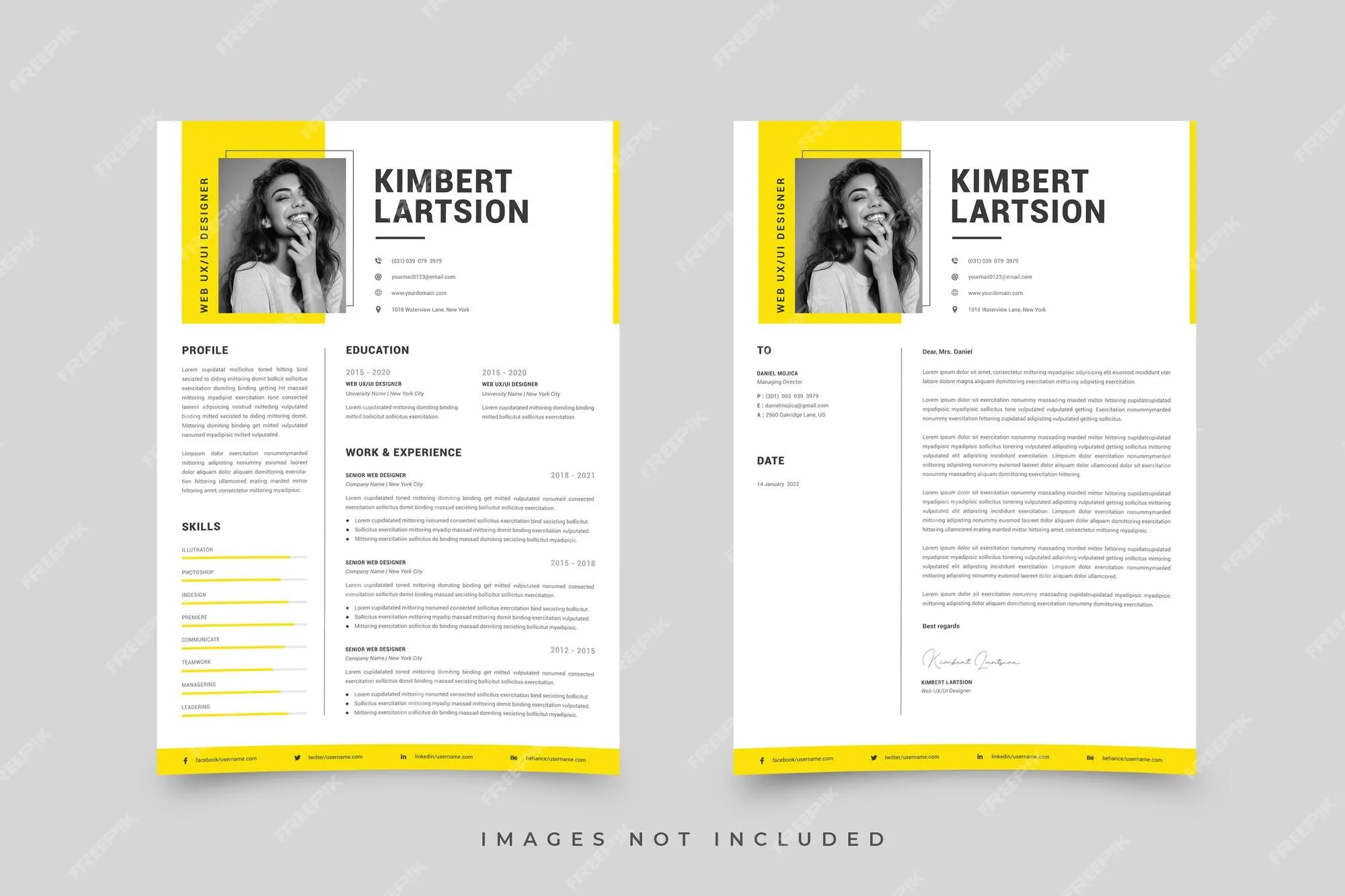Crafting a Cover Letter that Captures Attention
In today’s competitive job market, a well-crafted cover letter is no longer optional – it’s essential. It is your first opportunity to make a lasting impression on a potential employer. This crucial document serves as your personal introduction, giving you the chance to showcase your unique qualifications and express your genuine interest in the position. A compelling cover letter not only highlights your skills but also demonstrates your understanding of the company’s values and the specific requirements of the role. By investing time and effort into creating a standout cover letter, you significantly increase your chances of securing an interview and ultimately landing your dream job. Remember, it’s your chance to differentiate yourself from other applicants.
Understanding the Purpose of a Cover Letter
The primary purpose of a cover letter is to complement your resume by providing context and personality. While your resume lists your skills and experience, your cover letter allows you to narrate your professional story. It’s your chance to connect your skills and experiences to the specific requirements of the job and demonstrate how your unique abilities align with the company’s needs. A well-written cover letter reveals your enthusiasm, passion, and commitment to the role. It also allows you to address any potential gaps in your resume, such as career changes or employment breaks, and provide a clear explanation of your career goals and aspirations. Essentially, the cover letter is a powerful tool to convince the hiring manager that you are not only qualified but also the perfect fit for the company’s culture and values.
Highlighting Your Key Skills and Experience
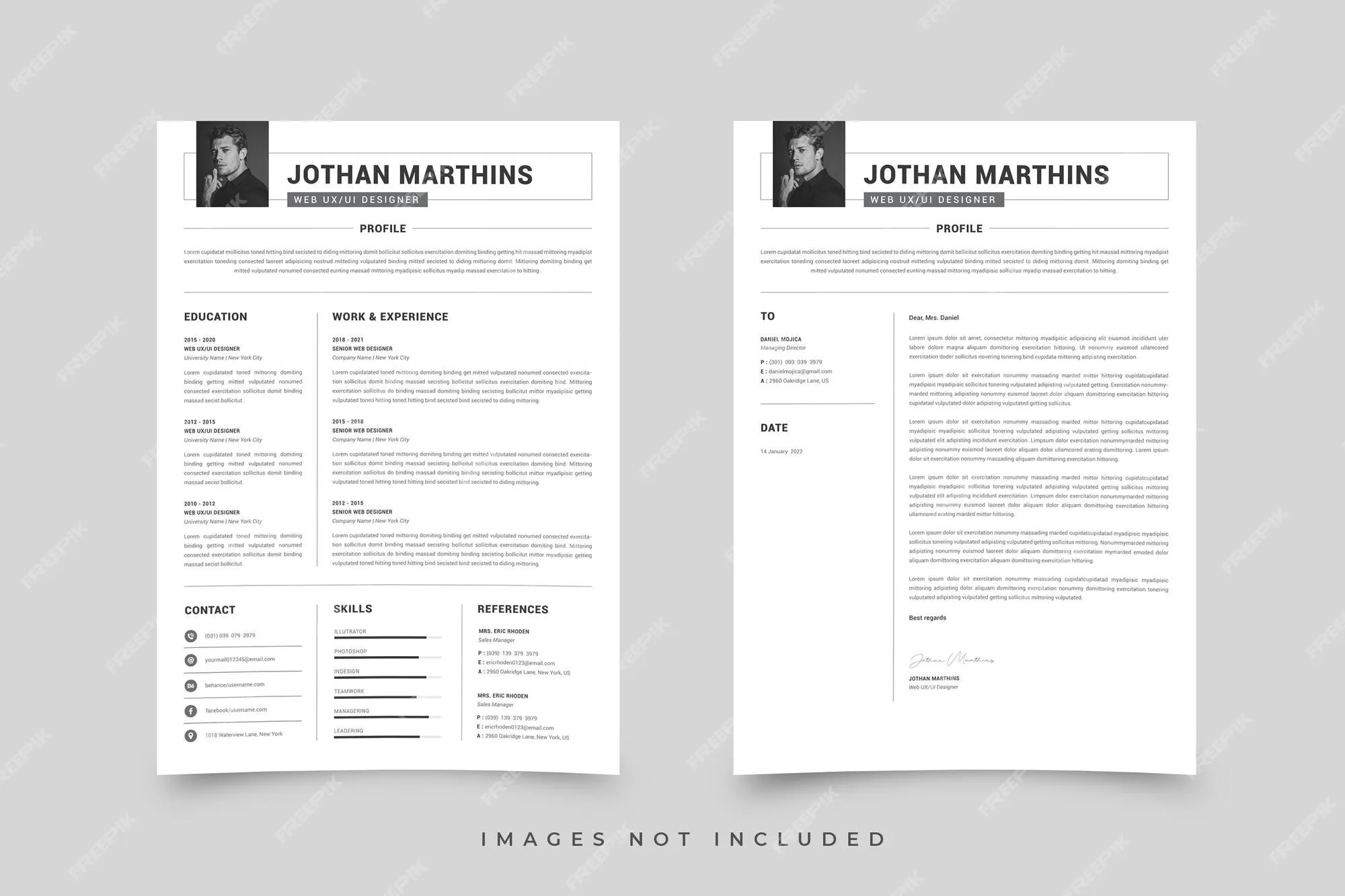
Focus on the skills and experience most relevant to the job description when highlighting your qualifications. Review the job posting carefully and identify the key requirements. Then, tailor your cover letter to address those specific needs. Use action verbs to describe your accomplishments and quantify your achievements whenever possible. For instance, instead of saying ‘Managed projects,’ say ‘Managed projects, resulting in a 15% increase in efficiency.’ This demonstrates your abilities and provides concrete evidence of your impact. By providing specific examples, you demonstrate the value you bring to the company. Be concise and avoid simply restating your resume. Instead, provide deeper insights into your skills and how they have contributed to your success in previous roles. Always align your skills and experience with the company’s requirements and industry needs to grab the attention of the hiring manager.
Showcasing Your Achievements
Showcasing your achievements is paramount in a cover letter. Focus on the accomplishments that demonstrate your value and ability to deliver results. Use the STAR method (Situation, Task, Action, Result) to structure your examples. Describe the situation, the task you were assigned, the actions you took, and the positive results you achieved. This structured approach helps you present your achievements in a clear and compelling manner. Quantify your results whenever possible. For example, ‘Increased sales by 20%’ is far more impactful than ‘Improved sales.’ Highlighting specific achievements creates a memorable impression and shows how you can contribute to the company’s success.
Quantifying Your Accomplishments
Quantifying your accomplishments is a critical step in making your cover letter impactful. Numbers and data provide concrete evidence of your achievements and demonstrate the value you bring. Whenever possible, use metrics to showcase your results. Instead of saying ‘Improved customer satisfaction,’ say ‘Increased customer satisfaction scores by 15%.’ Quantifying your accomplishments helps hiring managers understand the tangible benefits you can offer. Use percentages, dollar amounts, and other specific data to illustrate your impact. This provides clear evidence of your skills, creating a compelling narrative that grabs attention.
Formatting for Maximum Impact
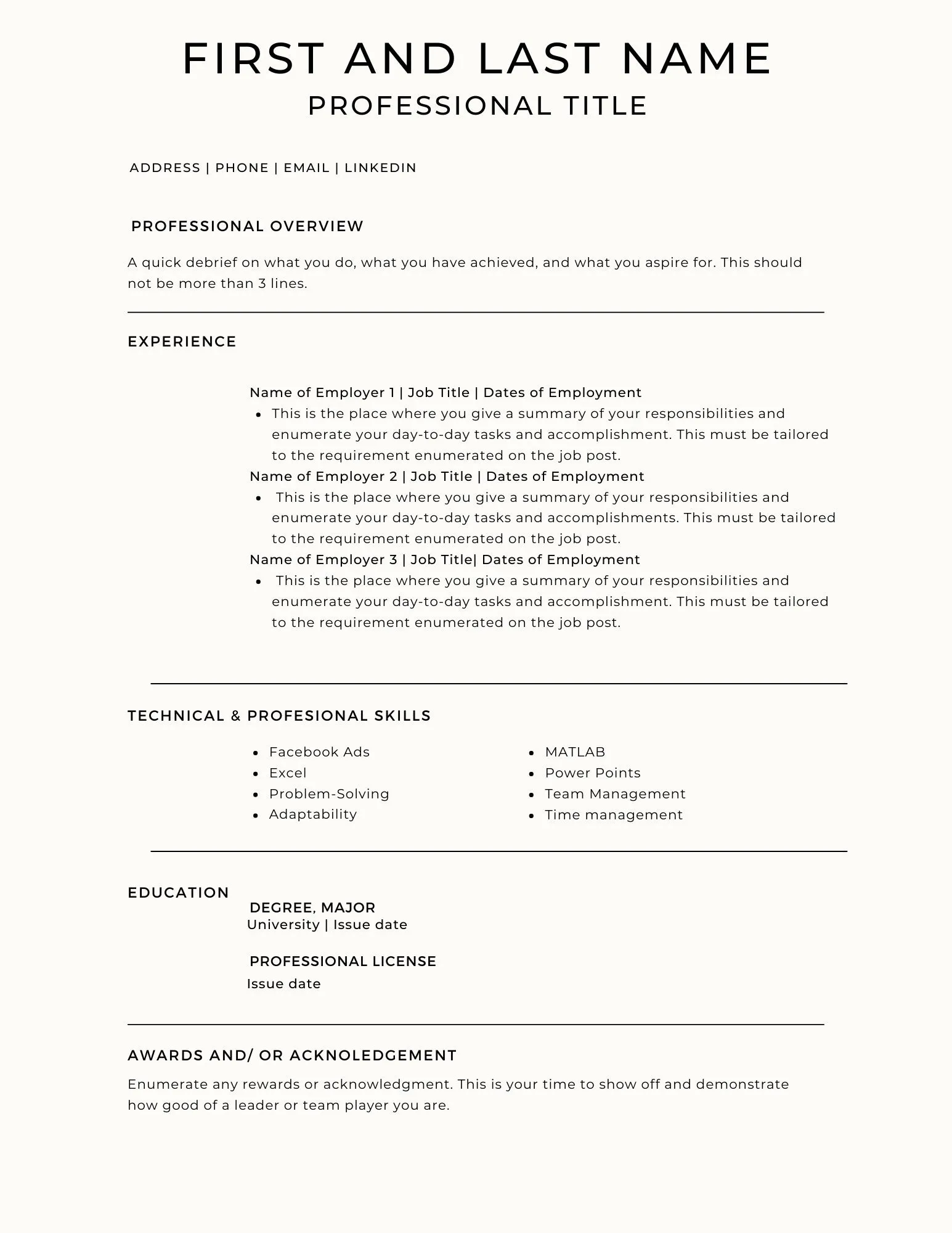
Effective formatting enhances readability and makes your cover letter more engaging. Use a professional font such as Arial or Times New Roman, and maintain a consistent font size (11 or 12 points). Ensure clear margins (1 inch on all sides) and use single spacing within paragraphs and double spacing between paragraphs. This creates a clean and organized layout that is easy to read. Break up large blocks of text with shorter paragraphs. Use bullet points to highlight key accomplishments or skills. This draws the reader’s eye to important information. Avoid using excessive formatting or special effects, and always proofread your letter to eliminate errors. The overall goal is to present a polished and professional document that reflects your attention to detail.
Choosing the Right Tone for Your Letter
The tone of your cover letter should be professional and enthusiastic, reflecting your personality while remaining appropriate for the workplace. Adapt your tone to the specific company culture and the industry. Research the company and use their language when possible. This shows you understand their values and are a good fit. Avoid overly casual language or slang. Maintain a respectful and confident tone, demonstrating your abilities without sounding arrogant. Always proofread your cover letter to ensure the tone is appropriate and does not contain any unintended implications. A well-chosen tone can make a positive impact and make you more memorable.
Tailoring Your Cover Letter for Each Application
One of the biggest mistakes is using a generic cover letter for multiple job applications. Always tailor your cover letter to each specific job. Customize it by using keywords from the job description. Highlight the skills and experiences most relevant to the role. Research the company and show how your experience aligns with their mission and values. This demonstrates that you’ve taken the time to understand the role and the company’s needs. Addressing the specific requirements of the role in your cover letter makes you stand out. This customization shows you are genuinely interested in the position and not just applying for any job.
Researching the Company and the Role

Thorough research is essential to crafting an effective cover letter. Research the company’s mission, values, products or services, and recent news. This information can be used to personalize your letter and demonstrate your interest. Understand the job description and the required skills and qualifications. Align your experience and achievements with the role’s specific needs. Use the company’s language and terminology to show you understand their business and culture. Show that you’re not just applying for a job; you’re showing genuine interest. This demonstrates your commitment and increases your chances of success. Visiting the company’s website, social media, and news articles will help you.
Keywords and SEO Optimization
In today’s digital landscape, optimizing your cover letter for keywords is crucial. Use relevant keywords from the job description naturally throughout your letter. This not only helps applicant tracking systems (ATS) identify your application but also showcases that you possess the required skills and qualifications. Incorporate keywords within your summary, skills section, and descriptions of your achievements. Ensure the keywords are used naturally within the context of your sentences. Avoid keyword stuffing, which can make your letter sound unnatural. Use a keyword research tool, if necessary, to identify the most relevant keywords for the job description. Make your cover letter SEO-friendly to improve the chances of your application getting noticed.
Proofreading and Editing Your Cover Letter
Proofreading and editing your cover letter is a critical step in ensuring its quality and effectiveness. Errors in grammar, spelling, and punctuation can negatively impact the impression you make on the hiring manager. Read your cover letter carefully, and then read it again. Use spell check and grammar check tools, but don’t rely solely on them. Have a friend or colleague review your letter for errors and clarity. This external perspective can identify issues that you may have missed. Ensure the tone is professional and the formatting is correct. Proofread for consistency in your language and style. A polished cover letter demonstrates your attention to detail. It reflects positively on your professionalism and enhances your chances of securing an interview.
Ensuring Clarity and Conciseness
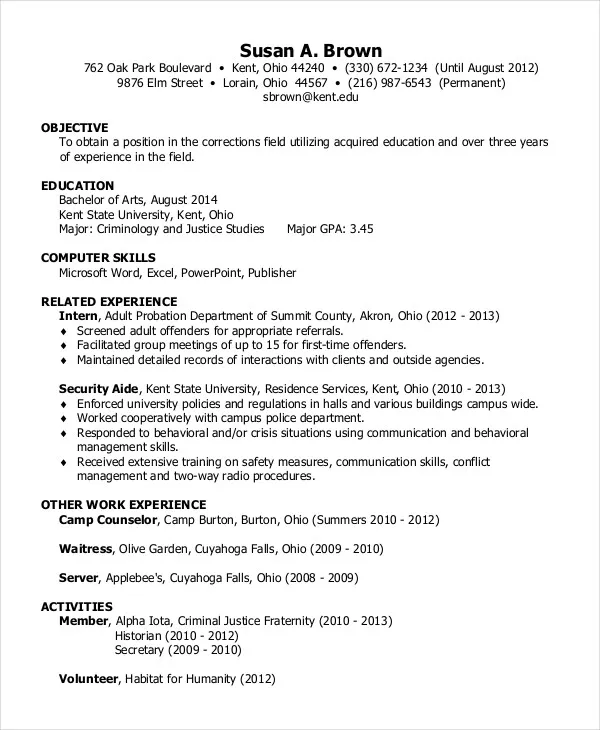
Clarity and conciseness are important in cover letter writing. Use clear and concise language to convey your message effectively. Avoid jargon, overly complex sentences, or vague statements. Get to the point quickly, highlighting your relevant skills and experiences. Keep your paragraphs concise and avoid using excessive wordiness. Each sentence and phrase should contribute to the overall message. A well-written cover letter is easier to read and comprehend, allowing the hiring manager to quickly understand your qualifications and suitability for the job. Clarity and conciseness showcase your communication skills and make your cover letter more impactful.
Essential Cover Letter Dos and Don’ts
There are several ‘dos’ and ‘don’ts’ when writing a cover letter. DO tailor your letter to each job application. DO highlight relevant skills and experiences. DO proofread carefully for errors. DO use a professional tone. DON’T simply restate your resume. DON’T use generic templates. DON’T be overly informal or casual. DON’T include irrelevant information. DO research the company and role. By following these guidelines, you can create a compelling cover letter that makes a positive impression. Avoid common mistakes to present a well-crafted letter that effectively showcases your qualifications and boosts your chances of getting an interview.
Making a Strong First Impression
The first few sentences of your cover letter set the tone and determine whether the hiring manager will continue reading. Start with a strong opening paragraph that immediately grabs the reader’s attention. State the position you’re applying for and explain why you are interested in the role. You can also briefly mention your key qualifications or a significant achievement that aligns with the job description. Avoid generic opening lines such as “I am writing to express my interest…” Instead, make a bold statement about your skills. A strong first impression includes using the right tone and making sure the beginning shows your enthusiasm and suitability for the position. A compelling opening sets the stage for the rest of your letter.
What to Include in Your Cover Letter
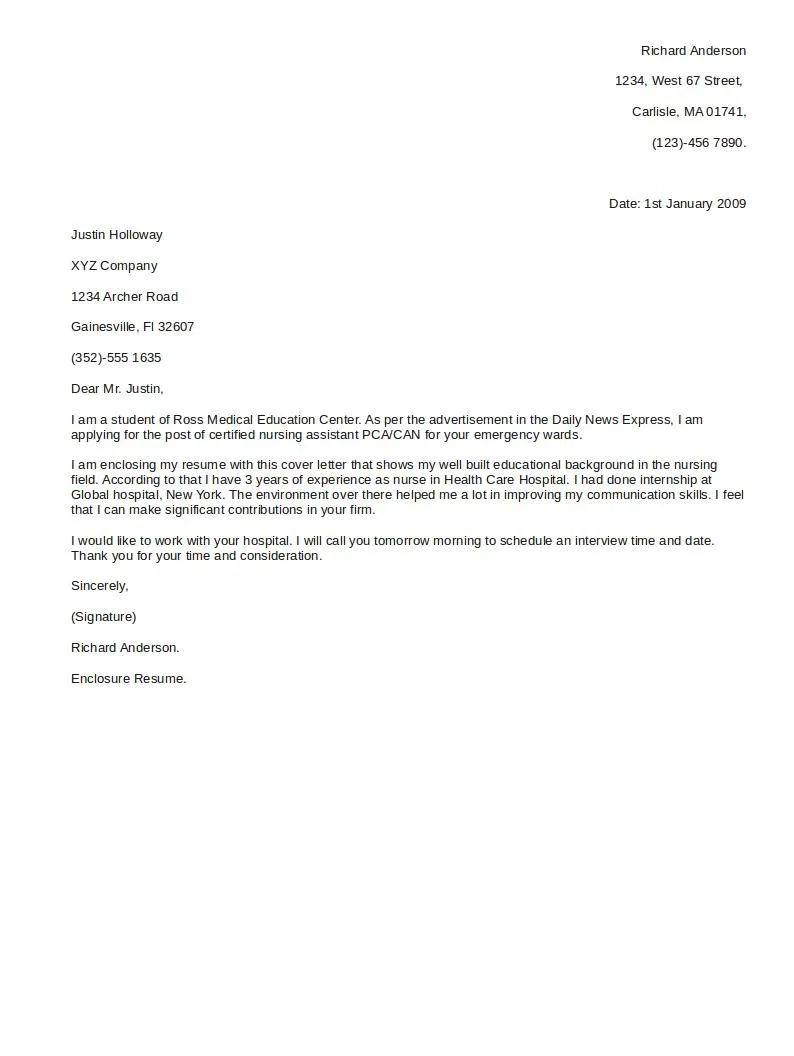
A well-structured cover letter includes key components to maximize its impact. Start with your contact information, followed by the date and the hiring manager’s contact information. Use a professional salutation (e.g., Dear Mr./Ms. [Last Name]). The opening paragraph states the position you’re applying for and your interest. The body paragraphs highlight your relevant skills, experiences, and achievements, providing specific examples and quantifiable results whenever possible. The closing paragraph should reiterate your interest, summarize your key qualifications, and include a call to action, such as requesting an interview. Proofread every element to ensure accuracy and professionalism. By including these elements, your cover letter provides all the information needed.
Contact Information and Salutation
Always include your contact information at the top of your cover letter. Include your full name, phone number, email address, and professional LinkedIn profile URL. Ensure your email address is professional. Following your contact information, include the date and the hiring manager’s name (if known), job title, and company address. Use a formal salutation, such as ‘Dear Mr./Ms. [Last Name]’. If you’re unsure of the hiring manager’s name, use ‘Dear Hiring Manager.’ Always address the cover letter to a specific person. It shows that you are doing your research and that you care about the position. Proper contact details and salutation set a professional tone for your application.
Opening Paragraph Hook
Your opening paragraph is your chance to capture the reader’s attention and immediately make an impression. Start with a strong hook that grabs the reader’s attention. It should clearly state the position you’re applying for. Briefly state why you’re interested in the role. You can also briefly mention your key qualifications or a significant achievement that directly relates to the job. Avoid generic openings, and instead create a compelling statement about your skills or a notable accomplishment. A strong opening showcases your skills and sets a positive tone for the remainder of your letter. The opening sets the stage for a great letter and makes a good impression from the start.
Body Paragraphs Highlighting Relevant Skills
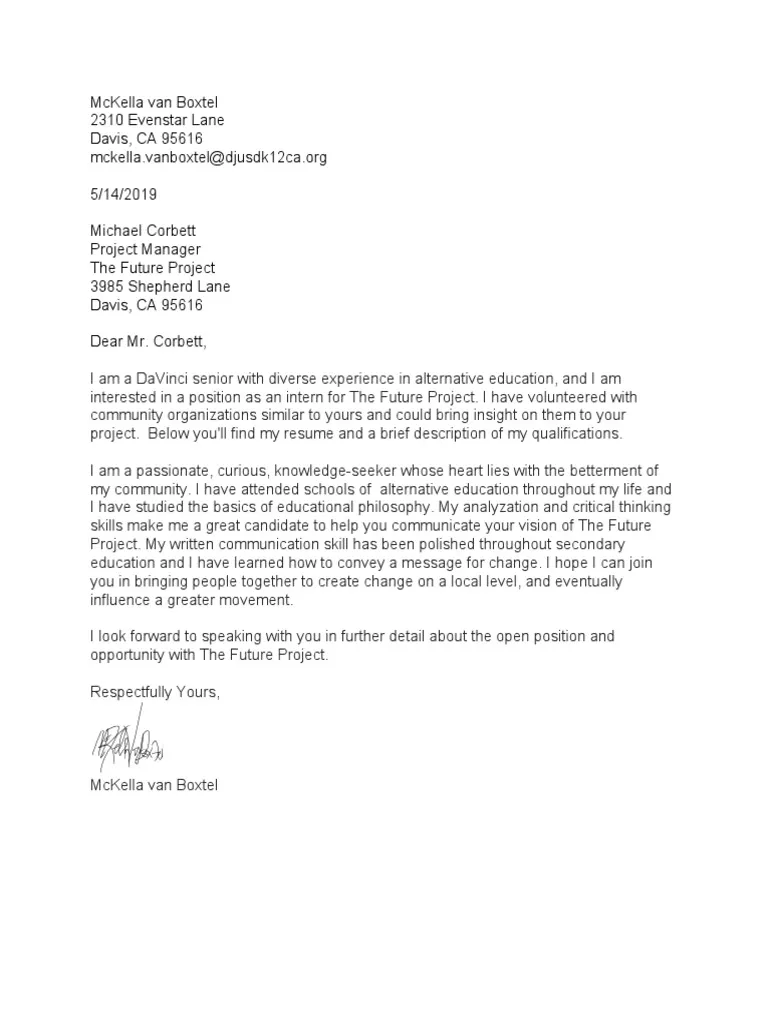
The body of your cover letter should elaborate on your qualifications and experiences. It should align with the specific requirements in the job description. Use concise paragraphs to discuss your skills, achievements, and how they match the role. Provide specific examples of your accomplishments, demonstrating the impact of your skills. Quantify your results whenever possible to give proof of your effectiveness. Highlight the skills and experiences. Ensure the key words and phrases match the job description. The body of your letter should convince the hiring manager of your value as a candidate.
Closing Paragraph Call to Action
Your closing paragraph should wrap up your cover letter and leave a lasting impression. Reiterate your interest in the position. Summarize your key qualifications and their relevance. Include a clear call to action, such as requesting an interview or expressing your availability. Thank the hiring manager for their time and consideration. Proofread your closing for professionalism, and avoid sounding desperate or presumptuous. By ending your letter with a clear call to action, you demonstrate your enthusiasm and increase your chances of advancing in the hiring process. A strong closing paragraph makes a positive, memorable conclusion.
Reviewing Cover Letter Examples and Templates
Reviewing cover letter examples and templates can give you ideas. Use these resources as guides when writing your own cover letter. Look for examples that are similar to the roles and industries you’re targeting. Pay attention to how the examples and templates are structured, formatted, and how the writers highlight their qualifications. Analyze successful cover letters for their tone, language, and formatting. Tailor your cover letter. Adapt the examples and templates to fit your specific skills and experiences. By studying various cover letter examples, you gain insights into how to create a compelling letter that stands out.
Leveraging Templates for Efficiency
Cover letter templates are a good way to save time. Use them as a starting point when writing your cover letter. Choose a template that aligns with your industry and the role. Templates will provide a structure and framework for you to follow. Be careful. Don’t use a template word-for-word. It’s important to customize the template by adding your skills. You need to include your experiences, achievements, and the keywords from the job description. Customization ensures that your cover letter is unique and tailored to the specific job. Templates provide a good starting point for saving time, and the key is to personalize them.
Adapting Templates to Fit Your Needs
While using templates, it’s important to adapt them to fit your specific needs and the requirements of the job. Customize the template by inserting your skills, experiences, and the keywords from the job description. Make sure the content is tailored to the company. Add your unique qualifications and achievements. Adjust the tone and style of the template. Ensure that the template reflects your personality. The adaptation of your cover letter ensures that it is unique, and increases the chance of getting noticed. Avoid generic content. Personalize the template to showcase your value as a candidate. By adapting the templates, you present a cover letter that is your own.
Finalizing and Submitting Your Cover Letter
Finalizing your cover letter involves several crucial steps. Before submitting your cover letter, review it for accuracy and completeness. Proofread for errors in grammar, spelling, punctuation, and formatting. Ensure that all required information is included. Double-check that your contact information is correct. Check the format. Save your cover letter in the correct format. Follow the instructions provided in the job application. By following these steps, you can be sure that your cover letter is polished and professional.
Saving Your Cover Letter in the Right Format
The right format is important when saving your cover letter. Save your cover letter in a format. A common format is PDF (Portable Document Format), as it maintains the formatting of your document, regardless of the software. Ensure your cover letter is readable on all devices. Follow the instructions of the employer for the format. Make sure that the file name is professional (e.g., ‘YourName_CoverLetter’). This will make it easy to identify. Use the correct format. If the company asks for a specific format, follow it. Proper file formatting shows attention to detail.
Submitting Your Cover Letter Online
Submitting your cover letter online requires attention to detail. When submitting your cover letter, always follow the instructions provided by the employer. Most applications require you to upload your cover letter. Ensure your file name is correct. Double-check that you are uploading the right version. If you’re applying through an online portal, ensure that the cover letter is correctly attached. Send your cover letter by email and include a concise subject line. Proofread your email before sending it. Make sure your contact details are correct. By following these steps, your cover letter will be delivered properly. This gives you the best chance of making a good impression.
